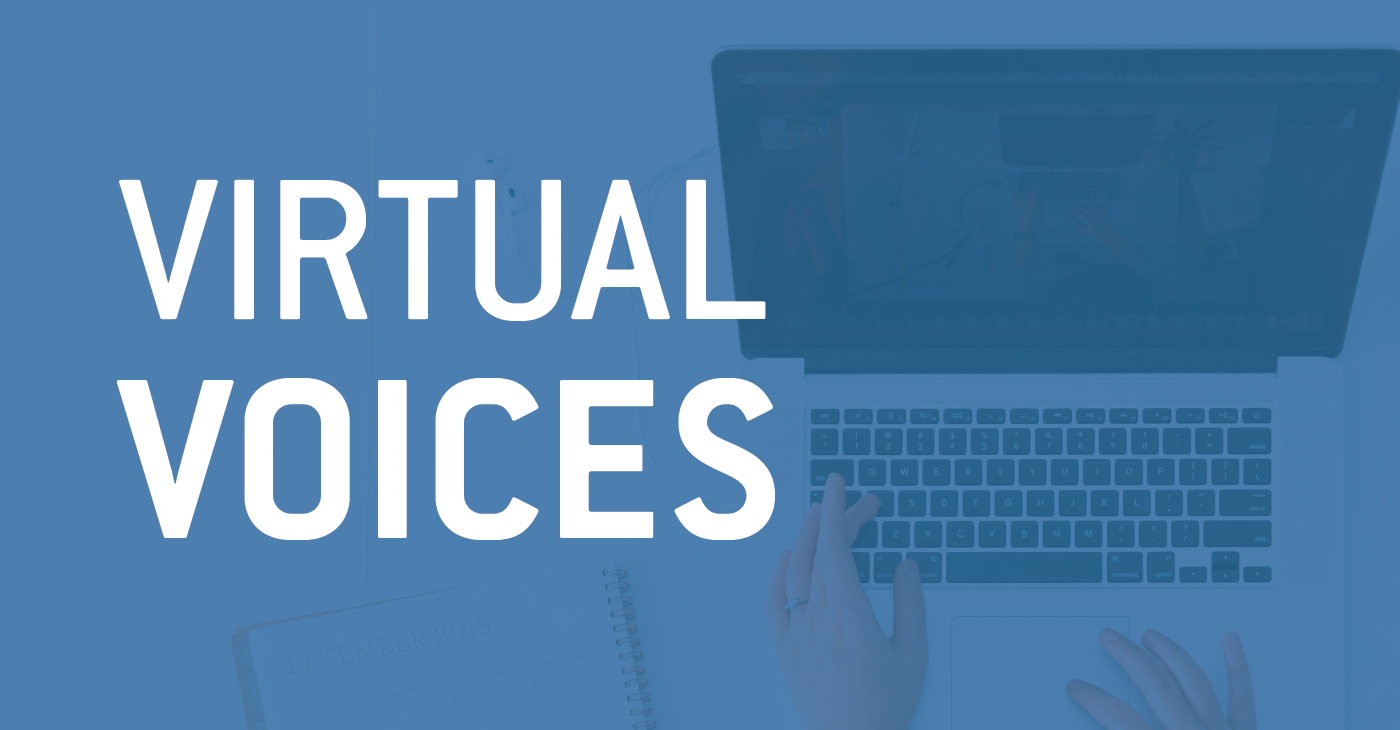The Denver Metro Chamber Leadership Foundation and TIED (Talent, Inclusion, Engagement & Diversity) Roundtable hosted their third collaborative Virtual Voices on Thursday, March 18, focused on breaking down systemic racism. Speakers focused on issues of microaggressions, the privilege that exists in not having to confront systemic racism, the importance of language in naming racism when we see it and addressing the systemic nature of racism in America.
Dr. Michael Benitez, vice president for the office of diversity and inclusion at MSU Denver, moderated the event. He was joined by Jason Thompson, senior advisor, diversity, equity and inclusion at CAPE Inclusion & vice president, diversity and inclusion at Western Governors University, and Dr. Ryan Ross, associate vice chancellor for student affairs, equity and inclusion at Colorado Community College System and president & CEO at Urban Leadership Foundation of Colorado.
Check out our key takeaways and the video of the webinar below.
Systemic racism is evident across industries and sectors. Looking at industries like health care, homeownership, education, criminal justice and more, many groups have traditionally been on the bottom for a long time. At the same time, there have been groups that have consistently thrived in these areas, in part because the system was built to maintain that structure.
Turning a blind eye to systemic racism is a privilege. Black and brown Coloradans cannot simply turn away from issues of race and racism, because it is something they experience and navigate on a daily basis. The ability to ignore – or remain ignorant to – issues of systemic racism is privilege. This privilege also translates to microaggressions, which feel like death by a thousand cuts. Whether the person perpetuating the microaggressions meant to be racist, the person who experienced them felt the racism and prejudice all the same.
Systems reinforce themselves. Take the issue of redlining, for example. First, certain groups were completely excluded from certain neighborhoods. Once that was deemed discriminatory, the system changed. Now, in theory certain groups have access to homeownership in these neighborhoods, but lenders do not qualify them for loans or label them higher risk than their white counterparts. This continues to prevent people from achieving homeownership, just in different ways.
Language matters. The language we use to describe racism is important to how we approach its solution. For instance, in the health care industry, Black, American Indian and Alaska Native women in the United States are four to five times more likely than white women to die in childbirth. This phenomenon is often referred to as a “racial disparity” in health care. In reality, it is racism. The term racial disparities distances care providers from the problem. Instead, naming this as racism centers the providers, clarifies why the problem is happening, and puts responsibility on the providers to take steps to solve it. Naming racism in this way allows us all to confront the issue instead of viewing it as an issue that cannot be explained.
The work begins with you. Confronting systemic racism requires constant self-evaluation. Our own biases are reflected in how we approach situations and people. Have challenging conversations with yourself and others around you. We all know people who may be triggered by these conversations. This work can be done within organizations as well. Organizations need to look at company operations or policies that prevent certain groups of people from succeeding and look at pre-existing policies that may highlight biases within the company. For example, utilizing blind resumes in the hiring process seems to be an equitable policy. However, it highlights biases that exist within the company. The issue in hiring does not lie in the candidate’s name, but in the biases of the person reading the resumes who react to certain names in a negative way.
End racial distancing. Ask yourself critical questions about whether everyone around you looks the same as you, or completely different than you. Why is that the case? When we’re constantly understanding how race or racialized systems work in different areas of our life, we can continue to confront and dismantle them.
Our speakers and audience members provided resources for further learning. You can also view a list of resources compiled from all Virtual Voices webinars here. We have started a list of definitions to help frame this and future discussions at Virtual Voices. You can read and download that list here.
Read
Watch
Do
Join us for an upcoming Virtual Voices. Check out our upcoming programs.
- Virtual Voices | Highlighting Women of Color – April 15 11:00 a.m. – 12:00 p.m.
- Virtual Voices | Put Your Power Where Your Mouth Is – May 20 11:00 a.m. – 12:00 p.m.

